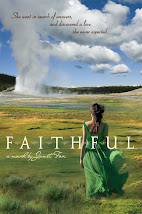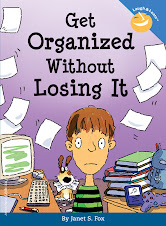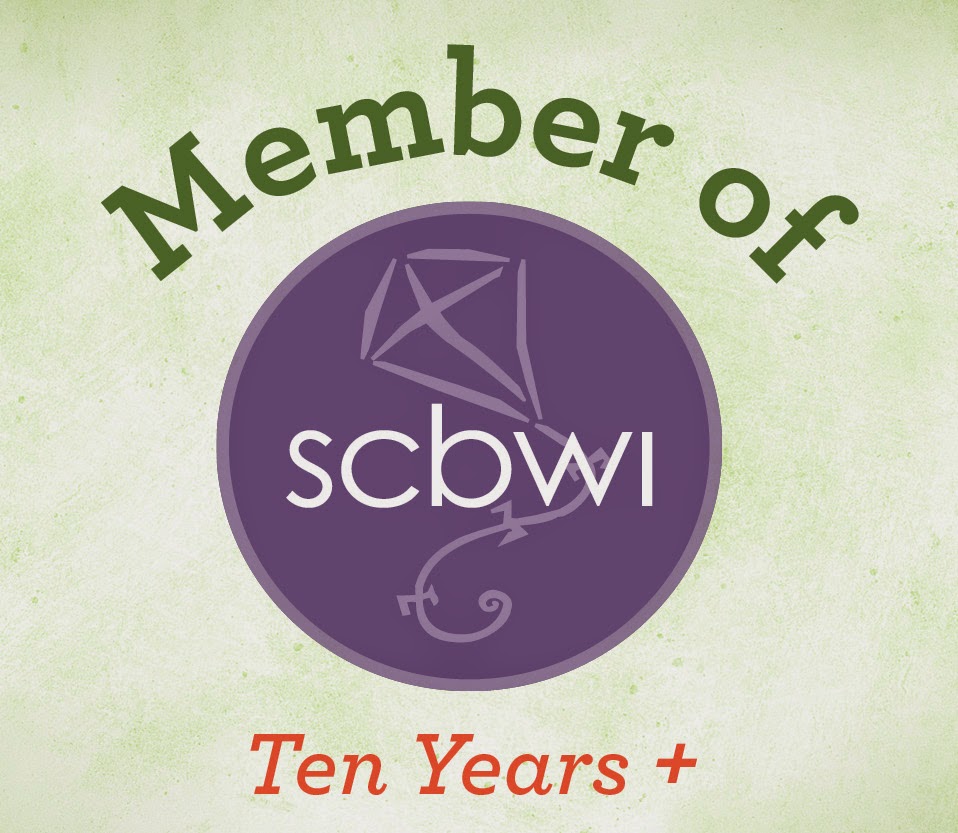
This is the second in my new series of interviews with authors who I feel are writing wonderful books I'd like to share with you. Today I'm featuring Nancy Bo Flood, a trained psychologist and author who is a graduate of Vermont College of Fine Arts. She is the author of several collections of retold legends from the Pacific (From the Mouth of the Monster Eel, Pacific Island Legends, Mariana Island Legends, Micronesian Legends), a child counseling handbook (The Counseling Handbook), a book for parents of premature infants (Born Early), a children’s book on school fears (I’ll Go To School, If….), and a children’s book about the Navajo calendar (The Navajo Year; Walk Through Many Seasons) that was awarded the Children’s Choice and Arizona Book Award.
Here is what she has to say about her debut novel, WARRIORS IN THE CROSSFIRE: “WARRIORS IN THE CROSSFIRE is my newest book, my first novel. It is a historical description that speaks of peace and survival when war reigned in the Pacific. Another important recent publication in the IRA Arizona Reading Journal is “Beyond Bows and Arrows, Books about or by Native Americans,” because it voices my concern regarding the need for contemporary, stereotype-free, Native American books for children. I am not Native American but I live and work on the Navajo Reservation. Our winter this year was amazing and this month, everything is covered with a foot of new snow! I am ready for the hummingbirds to return and the cactus to begin blooming. The seasons of the desert remind me that life is about continuing to grow and change – and learn.”
Welcome, Nancy! Congratulations on the publication of your young adult novel, WARRIORS IN THE CROSSFIRE. Can you tell us a bit about the story and what inspired it?
Saipan is a tropical island in the western Pacific, the kind one imagines with sweeping white sand beaches and clear turquoise-blue waters. It also has rusting army tanks left from WWII, cement bunkers built by the Japanese military and Suicide Cliff where hundreds leaped to their deaths. The presence of war washes in and out like the tide. I lived there, taught students and teachers and the more I learned about the island, the people, their history, the more I was amazed. They have survived super-typhoons and earthquakes and they survived war. I talked with elders, their children and grandchildren to listen to their story of survival. Their stories haunted me until I felt I was ready to try to write with honesty, authenticity and power. Their story deserved nothing less. Another realization was the situation of many children during war: children are caught in the crossfire between warring nations. Children’s schools, homes, families and entire childhood are taken from them. But I wrote with a sense of hope. The human spirit endures, heals, even forgives, and re-builds. Someway I wanted to convey all of that.
 I know you have been writing for a long time; please tell us about your work.
I know you have been writing for a long time; please tell us about your work.I wrote about my grandmother’s calloused hands when I was a kid. I continued trying to share my experiences and passions with others by creating word images. Finally as my own children became a little more independent – at least in bed on time! – I began writing seriously about 20 years ago. Another influence has been my work with children as a therapist. Stories heal, both the telling and re-telling of them and the listening or reading of other’s stories.
My very first book is still in print, Working Against World Hunger, by Rosen Publishing. The subject continues to be a strong interest: one out of every four children in the world die of a hunger-related disease. With Beret Strong and William Flood, we developed a series of anthologies about the cultures, legends and geography of the Pacific: From the Mouth of the Monster Eel, Pacific Island Legends, Mariana Island Legends, and Micronesian Legends. When I closed my counseling practice I tried to put into a practical handbook the information that was helpful to me as a practicing child psychologist: The Counseling Handbook. My first book that received national recognition was The Navajo Year; Walk Through Many Seasons , awarded the Children’s Choice, Notable Social Science and Arizona Book Awards.
Can you describe your path to the publication of WARRIORS IN THE CROSSFIRE?
A mighty bumpy path! After many rejections and then the experience of unsuccessfully revising several times for an editor, I applied to Vermont College’s MFA Creative Writing for Children and Young Adults. I was going to learn what was needed to go from “almost” to “yes.” What a terrific experience of learning and growing as a writer. I took the manuscript one step further to the Whole Novel Workshop with Carolyn Coman and Jane Resh Thomas at Honesdale, Highlights Foundation. Carolyn and Jane asked the hard questions, the right questions, that guided me to dig deeper, see more clearly and write clean and strong.
Do you have any more advice for beginning writers?
Keep trying, keep writing, keep learning the craft. Writing is a journey of learning, practicing, and being just plain stubborn. Develop a writing community for critiquing work (yours and theirs), encouragement, linking to other communities – online, virtual and “real.” And read!
Can you tell us something about your personal life – inspirations, plans for the future, goals, etc.?
I enjoy learning about people. My search to understand why people behave as they do began with studying psychology. For a decade I was a research neuropsychologist looking at brain function. Today my goal is to continue to write better and that my work will build bridges of understanding and tolerance. I have combined poetry and nonfiction narration to write about the Navajo Rodeo: Rider Up, Come to the Rodeo. I hope to do research at the Peace Center in Hiroshima and write a sequel to WARRIORS IN THE CROSSFIRE in which Kento’s grandson returns to Japan to find his family’s story.
That sounds wonderful. Do you have any other new writing ventures underway?
namelos, the new publication online POD press of Stephen Roxbough, just acquired my novel, NO NAME BABY, a coming-of-age historical novel. This one takes place in the Midwest, just after WWI.
Another interest of mine is writing to create awareness of the need for books by, about and for children who are Native American. I will participate in a panel at this April’s International Reading Association (IRA) conference on social issues and speak about the need for contemporary, accurate and stereotype-free books with characters who are Native American. My recent publication in the IRA Arizona Reading Journal is “Beyond Bows and Arrows, Books about or by Native Americans.”
Congratulations! We'll look for your next books. Do you have a website where readers can learn more about WARRIORS IN THE CROSSFIRE, and your other work?
www.nancyboflood.com
Thanks, Nancy!


























































